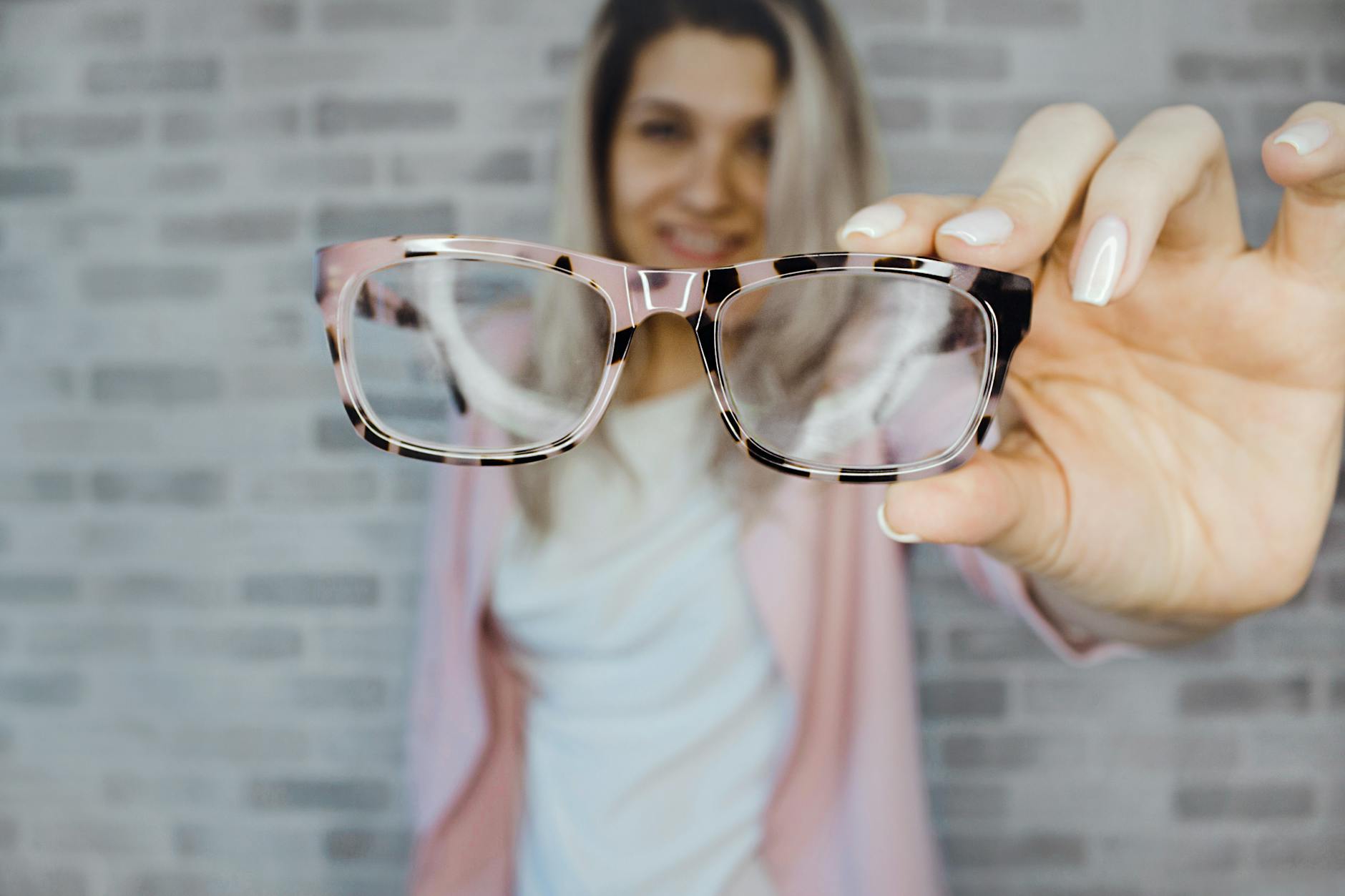
As an ophthalmologist, I often encounter patients struggling with nearsightedness, or myopia. This condition causes distant objects to appear blurry while close ones remain clear. Understanding its causes, diagnosis, and treatment is crucial for effective management.
What is Nearsightedness?
Nearsightedness occurs when the eyeball is too long or the cornea is too curved, causing light to focus in front of the retina instead of directly on it. This misalignment results in blurry distant vision. As an ophthalmologist, I’ve seen how this can impact daily activities, from driving to reading signs.
Causes of Nearsightedness
Genetics play a significant role in nearsightedness. If one or both parents are nearsighted, there’s a higher likelihood their children will be too. Environmental factors, such as prolonged near tasks like reading or using digital devices, also contribute. Studies indicate an increase in myopia among children who spend less time outdoors and more time on close-up activities. From my experience as an ophthalmologist, encouraging outdoor play and limiting screen time can help manage this.
Diagnosing Nearsightedness
Diagnosing nearsightedness is straightforward. During an eye exam, I use a standard eye chart to test distance vision. If there’s an issue, tools like a phoropter and retinoscope help determine the degree of refractive error. Regular eye exams are essential, especially for children, to catch and address myopia early.
Treatment Options
As an ophthalmologist, I recommend several effective treatments for nearsightedness:

Prescription Glasses and Contact Lenses
The simplest way to correct nearsightedness is with prescription glasses or contact lenses. These corrective lenses refocus light directly onto the retina, improving distant vision. Many of my patients experience immediate relief with this solution.
LASIK Surgery
For those seeking a more permanent solution, LASIK surgery is an option. During LASIK, I reshape the cornea using a laser to correct the refractive error. The results are usually immediate, allowing patients to see clearly without glasses or contacts soon after the procedure.
Orthokeratology (Ortho-K)
Ortho-K involves wearing specially designed rigid contact lenses overnight to temporarily reshape the cornea. This non-surgical option allows clear vision during the day without the need for glasses or contact lenses. It’s particularly useful for younger patients and those not eligible for LASIK.
Managing Nearsightedness
While prevention isn’t always possible, certain habits can help manage and potentially slow its progression. Encouraging outdoor activities and taking regular breaks from close-up work are beneficial. As an ophthalmologist, I always recommend the 20-20-20 rule: every 20 minutes, look at something 20 feet away for at least 20 seconds. This simple habit reduces eye strain and promotes better eye health.
Personal Reflections on Myopia
As an ophthalmologist, I’ve seen firsthand how nearsightedness affects daily life. It can be frustrating for patients to rely on glasses or contacts constantly. However, with the right treatment and management, leading a normal, active life is entirely possible. Advances in eye care technology continue to provide us with more options and better outcomes for those with myopia.
Resources for Further Reading
For more detailed information on nearsightedness and its treatments, I often recommend patients visit reputable sources. For instance, you can check out this insightful article from a UAE health resource, which provides a comprehensive overview of myopia and its management. Additionally, another useful resource is this detailed guide from a UAE medical website.
Understanding nearsightedness and its impact is the first step towards better vision health. If you suspect you or your child has myopia, don’t hesitate to schedule an eye exam. Early detection and treatment can make a significant difference in maintaining clear vision and overall quality of life.
